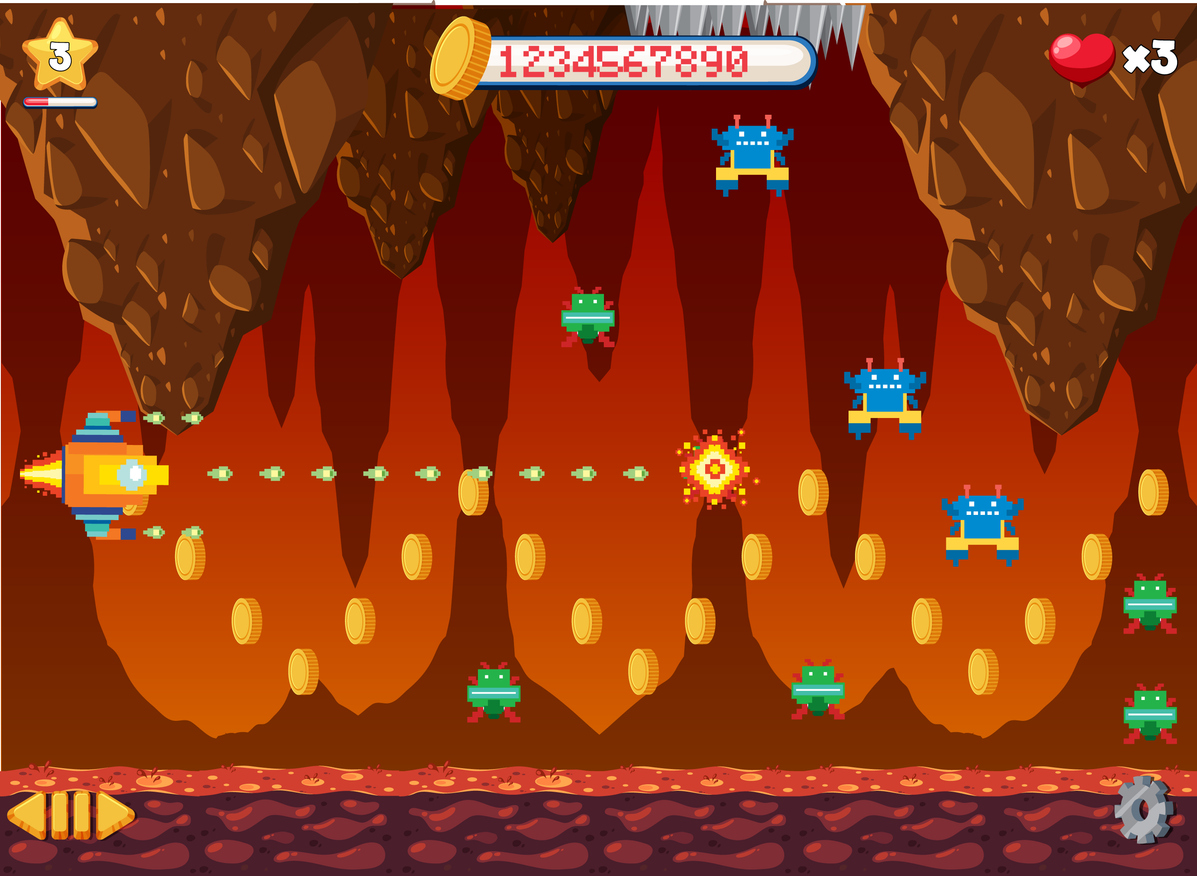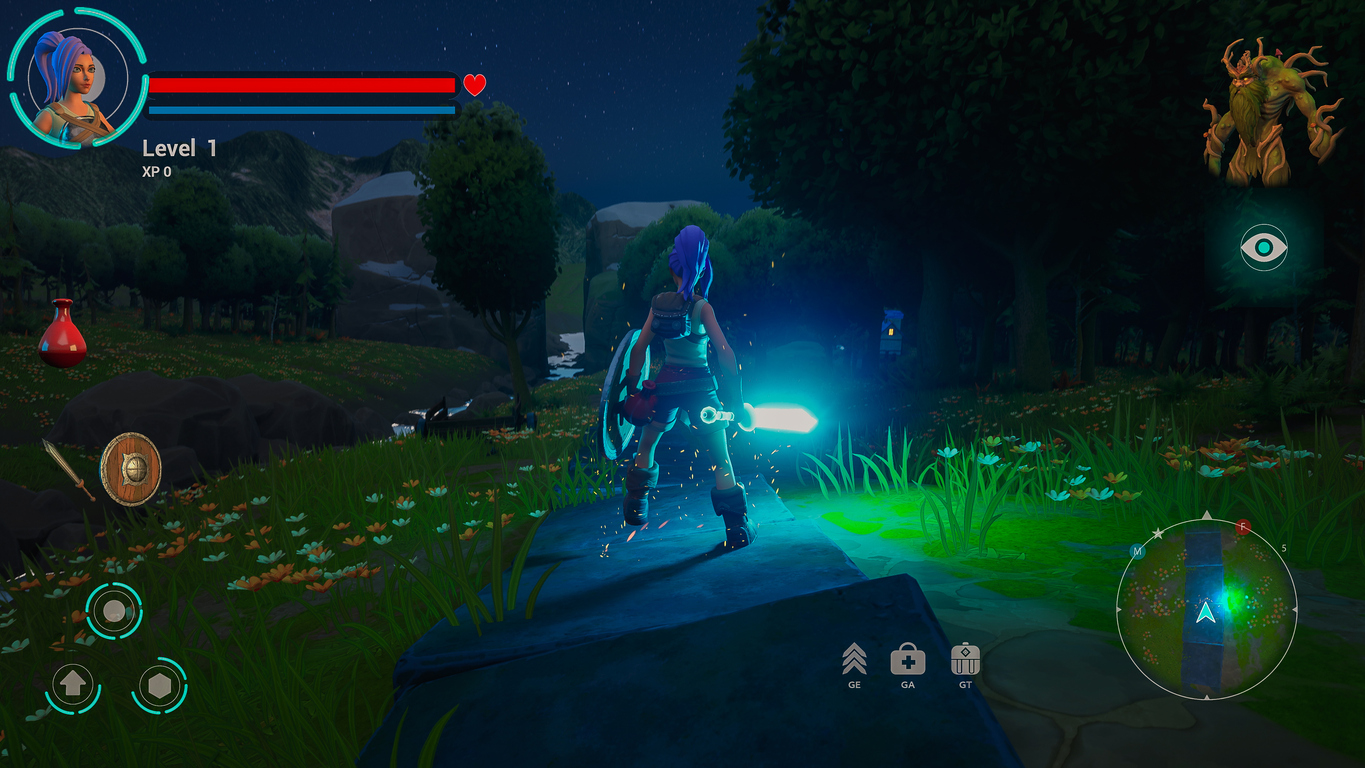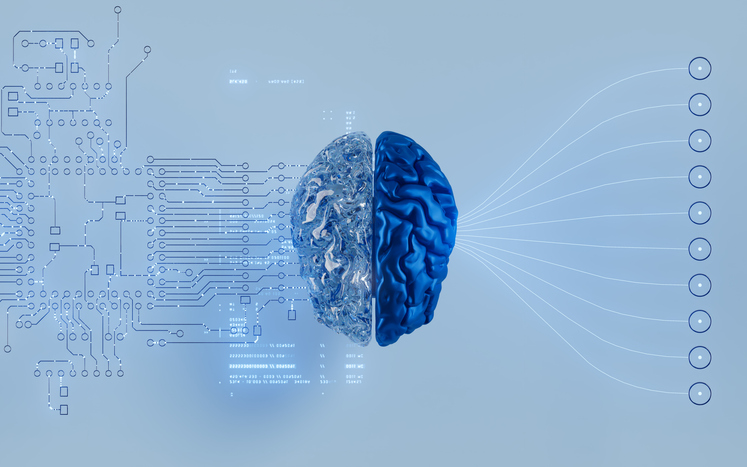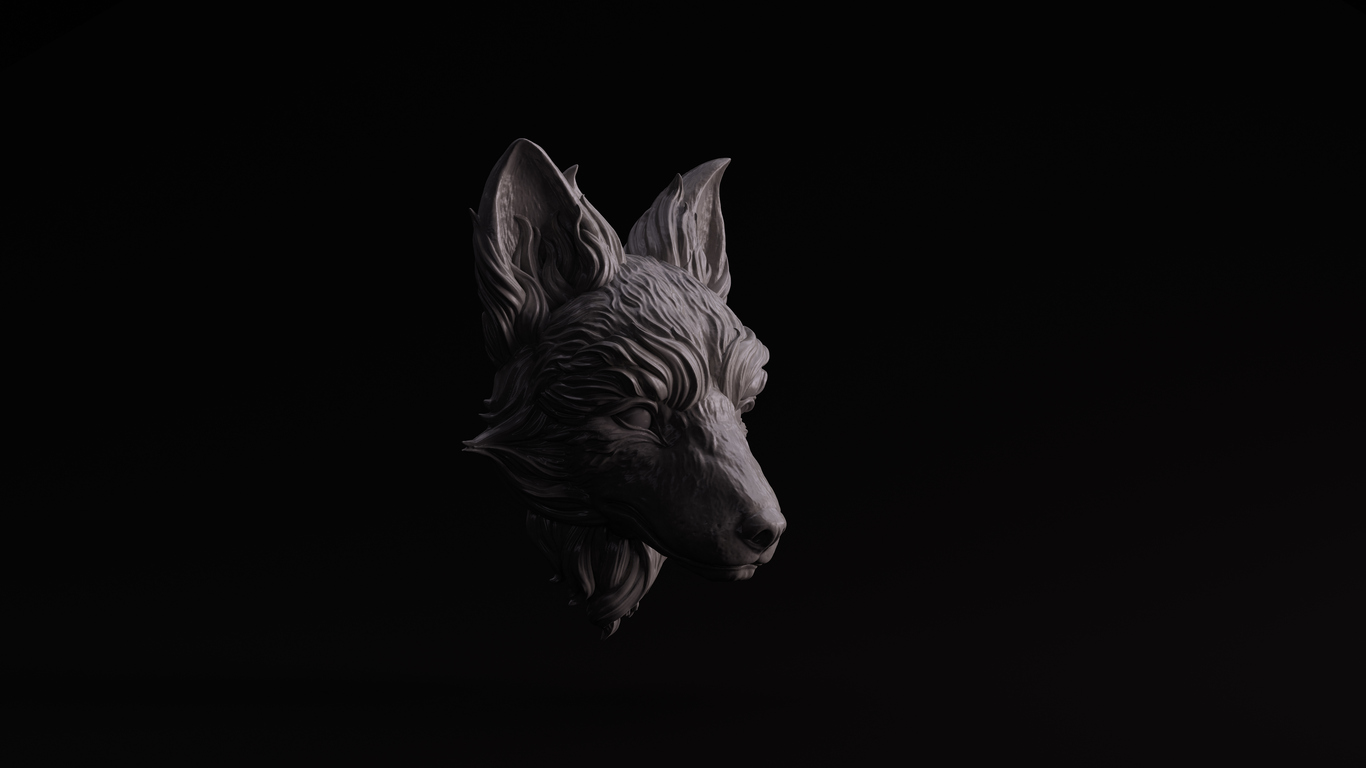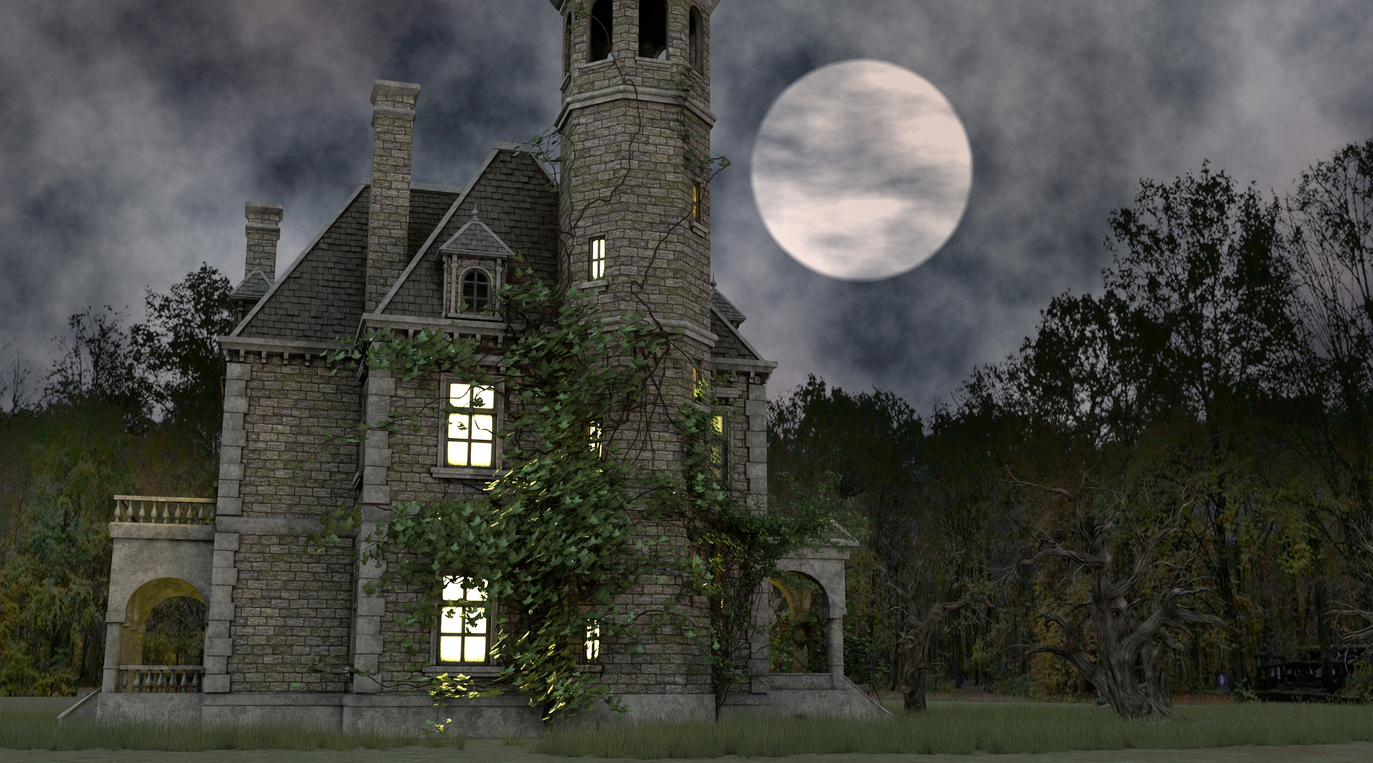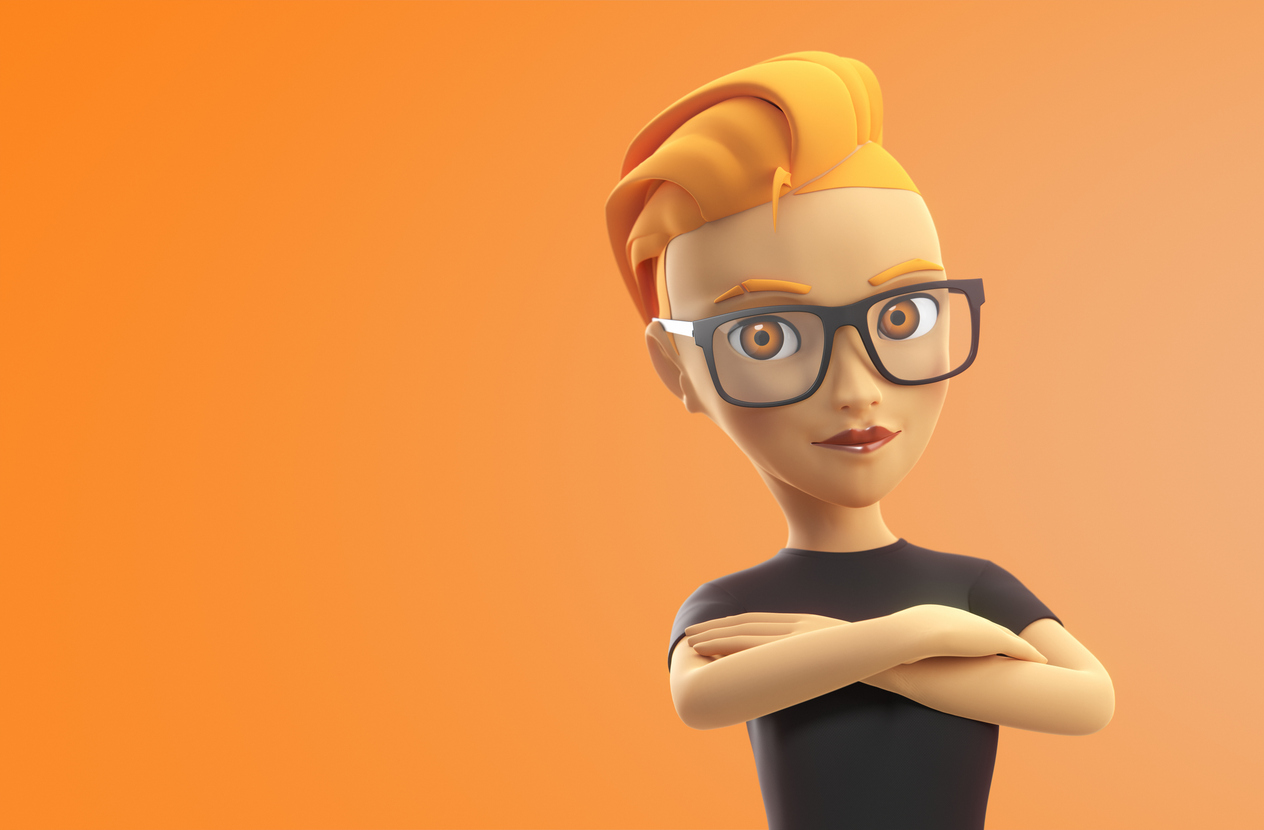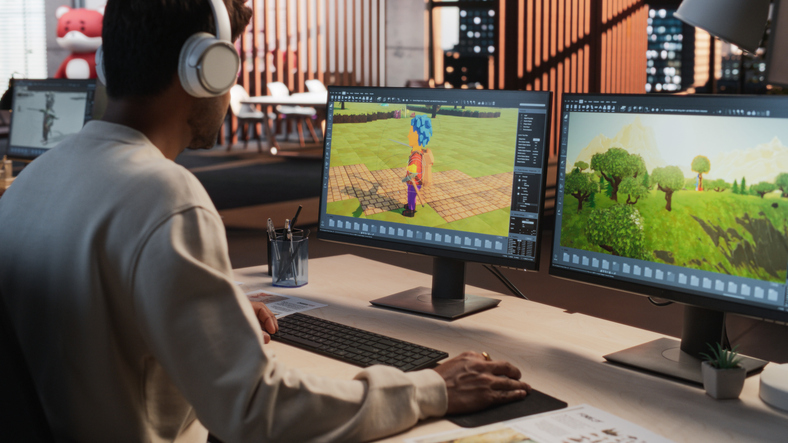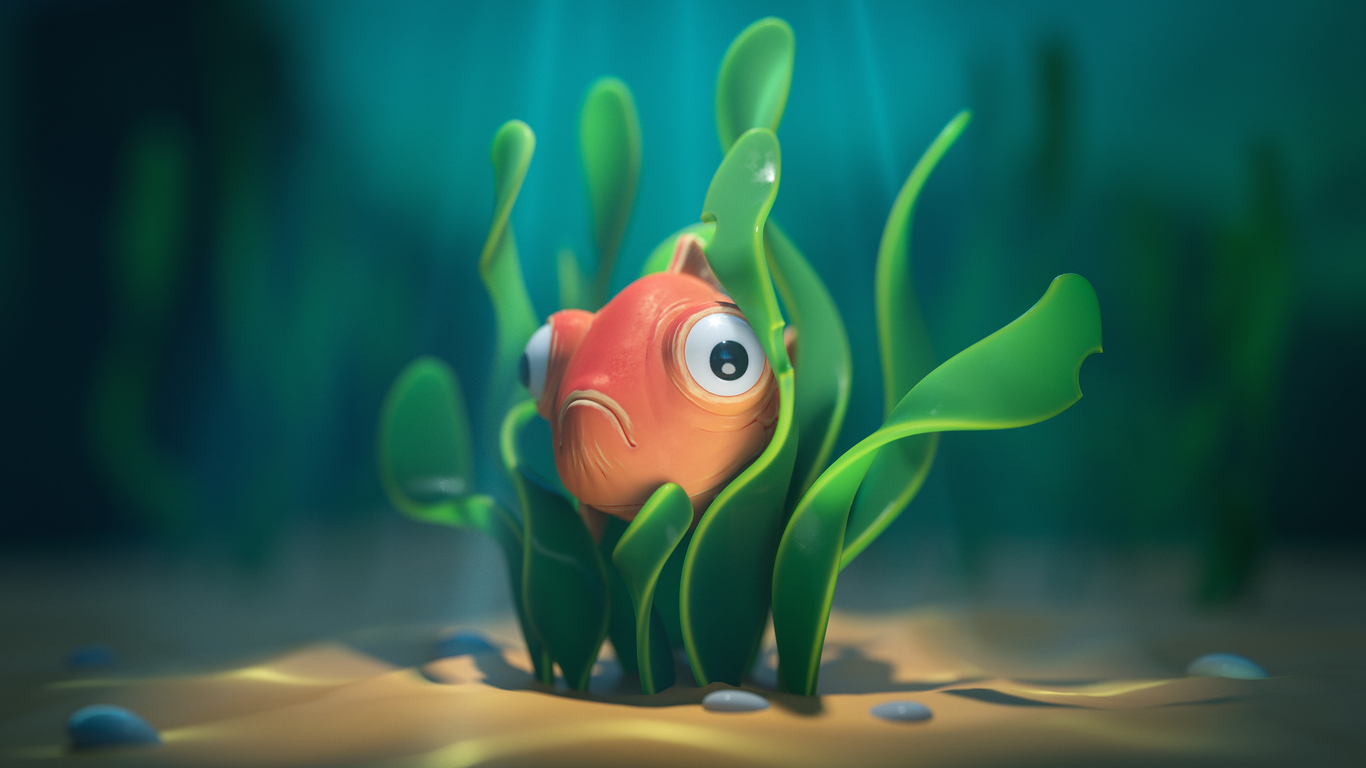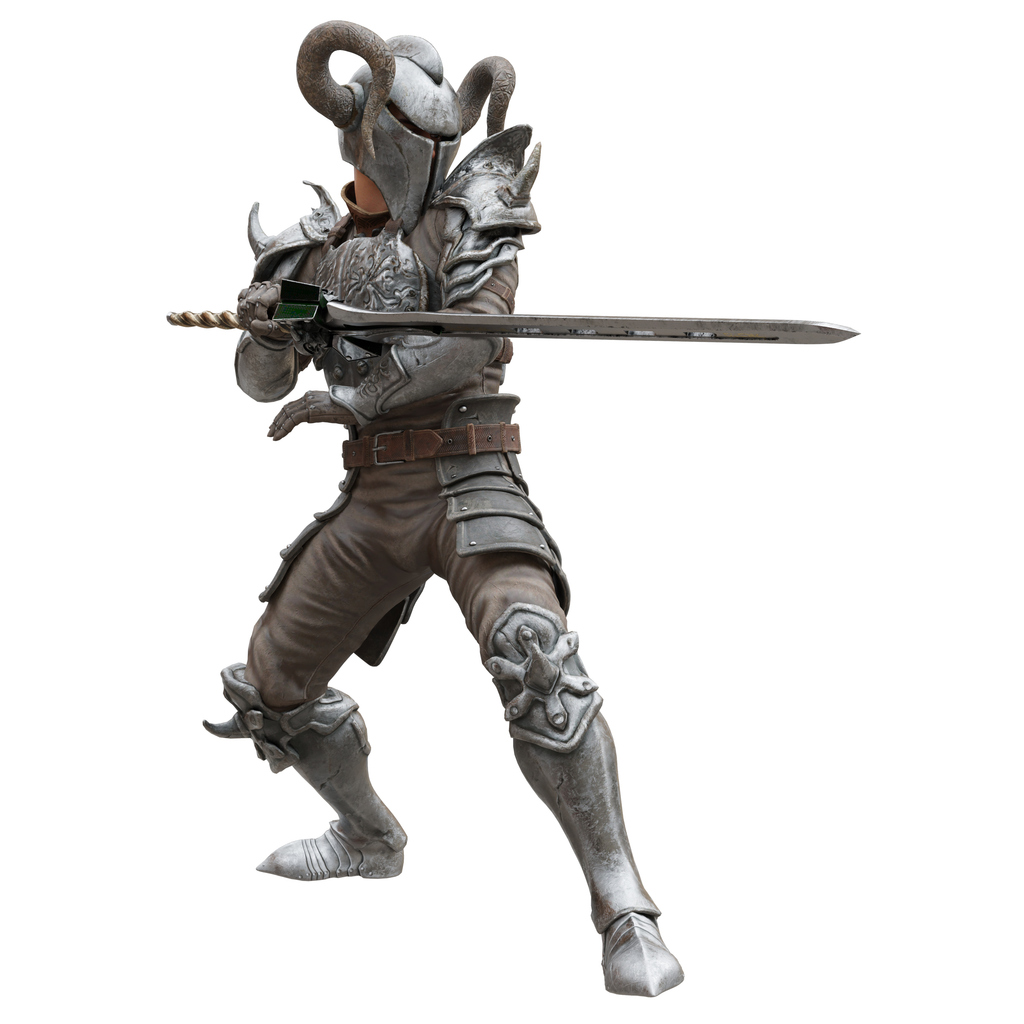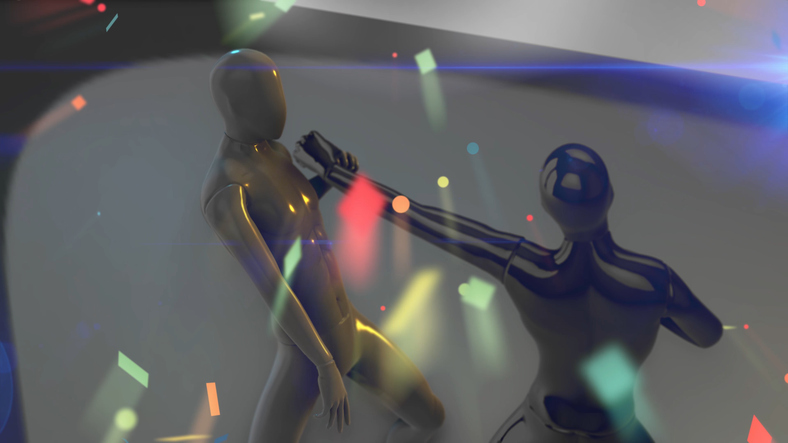In a world that thrives on visual storytelling, animation has become the heartbeat of modern media. Whether in video games, movies, advertising, or digital design, the ability to bring a 3D model to life is not just a skill; it’s a superpower. If you’ve ever dreamed of creating your own characters, worlds, or special effects, you’re already one step closer to a dynamic and fulfilling career in digital art. And if you're looking for the right place to start that journey, VCAD’s 3D Modeling Animation Art and Design diploma is your launchpad to success.
If you’ve ever asked yourself how to bring your 3D models to life with animation, you're in the right place. This article will walk you through the essential stages of the animation process, explain how animation breathes life into static designs, and explore the creative tools and techniques used by professionals today. Along the way, we’ll touch on how aspiring artists can gain the skills and experience needed to break into this dynamic field.
The Power of Movement: Why Animation Matters
Animation is more than just movement, it's storytelling. It turns static characters into emotional performers, transforms ordinary objects into dynamic elements, and creates immersive experiences that captivate audiences. In digital art, 3D animation allows artists to explore motion in a virtual environment, bringing depth, realism, and personality to their creations.
The ability to animate 3D models is in high demand across numerous industries, including:
- Film and television
- Video game development
- Virtual reality and augmented reality
- Marketing and advertising
- Product visualization and industrial design
- Medical and educational simulations
As digital content becomes increasingly immersive and interactive, the need for skilled 3D animators continues to grow.
Bonus Read: 3D Animation & Its Importance in Modern Media
Step 1: Create the 3D Model
Every animation starts with a model. This is your blank canvas, the foundational form of the character, object, or environment you wish to animate.
The Modelling Process
Modelling in 3D involves using digital sculpting or polygonal modelling techniques to create the shape and form of your subject. This is typically done using specialized software such as Maya, ZBrush, or Blender.
Key considerations when modelling include:
- Topology: Clean and optimized edge flow ensures your model will deform correctly during animation.
- Scale and proportion: Realistic sizing helps with believability and compatibility across animation rigs.
- Detailing: While some details are painted with textures later, base geometry should be clear and expressive.
A well-built model is essential for effective animation. Without it, the next steps in the process can become frustrating or even impossible.
Step 2: Rigging-Building a Digital Skeleton
Once your model is complete, it needs an internal structure to enable movement. This is where rigging comes in.
What is Rigging?
Rigging is the process of creating a digital skeleton for your 3D model. Think of it as building a framework of bones and joints that will control the way the model moves. This skeleton is linked to the surface of your model through a process called skinning, which ensures that when a bone moves, the surrounding mesh deforms naturally.
Components of a Rig:
- Joints and bones: Control the structure and pivot points.
- Inverse/Forward Kinematics (IK/FK): Techniques to simplify limb movement.
- Controllers: Custom shapes that make animating the rig more user friendly.
Proper rigging allows animators to manipulate a character with ease, adding fluidity and realism to the animation process.
Step 3: Animation-Bringing It All to Life
Here’s where the magic really begins. With a model rigged and ready, the animator starts to add motion. This can range from a simple walk cycle to complex emotional expressions or action-packed fight sequences.
Key Concepts in Animation
- Keyframes: These are specific points in time where an animator defines a pose or position.
- Interpolation: The software calculates the transition between keyframes, creating smooth motion.
- Timing and spacing: Critical for conveying weight, speed, and mood.
Animation Types:
- Character animation: Brings humanoid or creature models to life with body language, emotion, and dialogue.
- Mechanical animation: Animates machines, vehicles, and props with precision and realism.
- Motion graphics: Abstract or stylized animation of shapes, text, or logos.
- Simulation based: For complex natural movements like hair, cloth, and fluids.
To animate effectively, artists often study real life movement or use video references to inform their work. This observational approach helps achieve natural and convincing results.
Step 4: Cinematography and Camera Work
Animation isn’t just about the movement of the model it’s also about how the viewer experiences that motion. That’s where camera work comes into play. By animating the virtual camera, artists can:
Just like a director in live action filmmaking, a 3D animator uses the camera to guide the viewer’s eye and enhance the storytelling.
Step 5: Lighting, Texturing, and Rendering
To finalize your animated scene, it’s important to consider the environment, lighting, and surface appearance of your models.
Texturing
Using tools like Adobe Substance Painter, artists apply realistic or stylized textures to models. This includes:
- Albedo maps (base colours)
- Normal maps (surface detail)
- Specular maps (reflection)
- Roughness/metallic maps (material properties)
Lighting
Lighting sets the tone and visibility of a scene. Whether it’s a sunset glow or a spooky shadow filled forest, lighting influences how viewers perceive your animation.
Rendering
Rendering is the process of outputting your animated scene into a final video or image. Different engines (such as Redshift or Unreal Engine) offer real time or high-fidelity rendering options depending on the project’s needs.
Tools of the Trade
Bringing 3D models to life requires a toolbox of professional software and technologies. Animators often use:
- Autodesk Maya for rigging and animation
- ZBrush for sculpting high detail models
- Unreal Engine for real time animation and rendering
- Adobe After Effects for compositing and motion graphics
- Houdini for simulations and procedural animation
- Python for automating tasks and scripting
- Substance Suite for material and texture creation
Learning 3D animation software and tools takes time, but they empower artists to bring their most ambitious visions to life.
Gaining the Skills: A Path for Aspiring Animators
Learning how to animate a 3D model is a process that blends art and technology. It’s also a skill set that can lead to exciting, creative careers.
For those seeking a structured, immersive way to learn animation from modelling and rigging to texturing and rendering, dedicated training is essential. One such option is a 3D Modeling Animation program that combines artistic fundamentals with technical mastery in an accessible, flexible format. A well-rounded program will help you:
- Build your skills with industry standard software
- Understand storytelling and cinematic principles
- Complete projects that simulate real world studio workflows
- Develop a professional portfolio that showcases your talent
Students looking to learn in a flexible, online environment without compromising quality often turn to institutions that support both asynchronous and live learning, allowing them to balance their studies with personal and professional commitments.
Real World Applications and Career Pathways
Learning how to animate 3D models opens doors to a diverse range of career opportunities. Some of the exciting roles available include:
- 3D Character Animator
- Lighting Artist
- 3D Generalist
- Environment Designer
- Motion Graphics Designer
- Game Developer
- Technical Artist
- Visual Effects Animator
Whether you envision yourself at a major game studio, an animation house, or running your own freelance business, mastering 3D animation is a powerful first step.
Industries hiring 3D animators include:
- Game development companies
- Computer animation studios
- Special effects houses
- Postproduction firms
- Industrial design agencies
- Marketing and advertising agencies
And as immersive technologies like virtual and augmented reality continue to evolve, the demand for animators with strong technical and artistic skills will only grow.
From Concept to Career: Turning Your Passion into a Portfolio
Learning how to bring your 3D models to life with animation is not just about acquiring software skills, it’s about building a creative identity. Throughout your learning journey, it’s important to create a diverse body of work that demonstrates your strengths in:
- Modelling and sculpting
- Animation principles
- Storytelling and staging
- Character design and development
- Technical problem solving
- Artistic direction
Building a portfolio will be your passport to the industry. Be sure to include finished animations, works in progress, rigging breakdowns, and concept execution case studies. This portfolio will show potential employers not only what you can do but how you think, collaborate, and solve creative challenges.
Your Animation Journey Starts Now
Bringing a 3D model to life with animation is an exciting, rewarding journey filled with artistic discovery, technical growth, and creative storytelling. From building a character’s first rig to watching them move across the screen for the first time, the sense of accomplishment is truly unmatched.
Animation is more than a career; it’s a craft. It’s about turning your imagination into reality, frame by frame. Whether you want to animate dragons, design game levels, or create moving product ads, VCAD’s 3D Modeling Animation Art and Design diploma is your first step into a thriving, ever-evolving industry.
